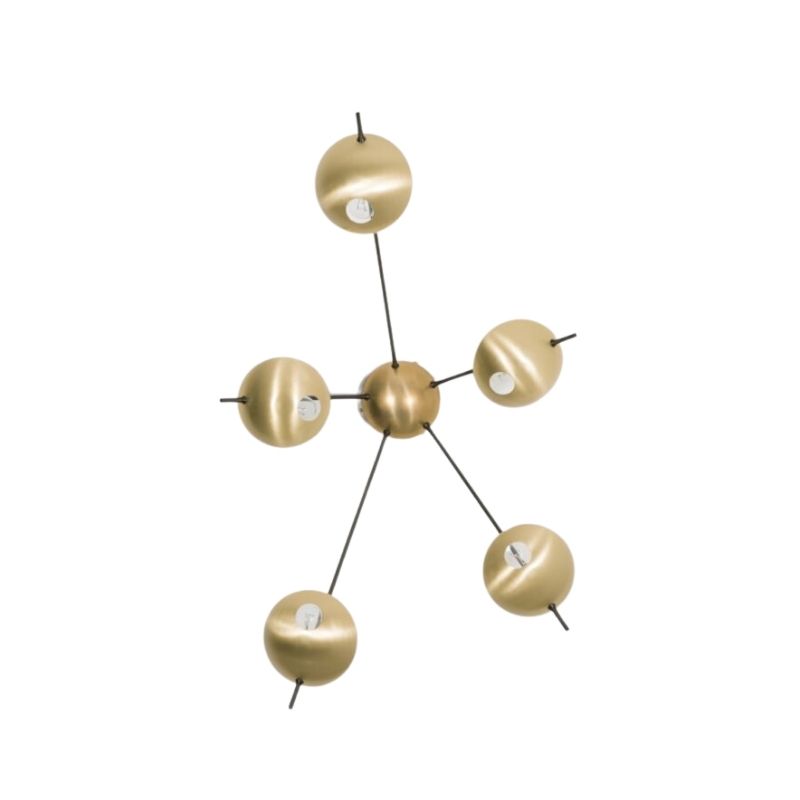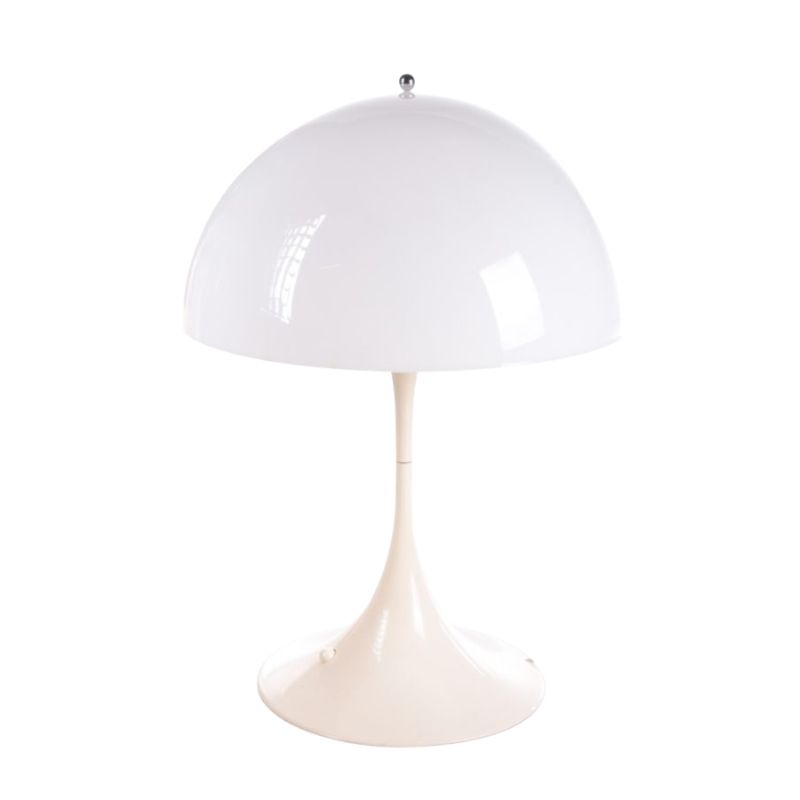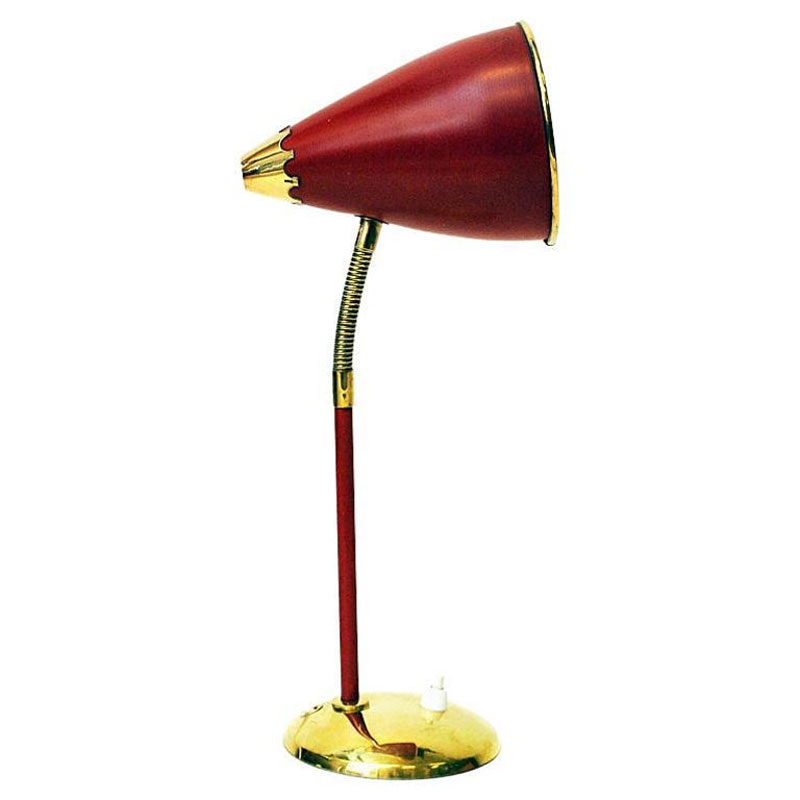HELP? Reaching my third year of product design and luming ahead is the disertation - i'm at a loss of what to look into and what to discus, does anyone have any ideas on design restrains; arguments; quotations or movements that would be suitible for a short disertation (5500 words not much!)
Your help will be greatfully recived.
Thank you
First, correctly spell dissertation...Pt. 1
Then read several great dissertations. The only one I know of is "Complexity and Contradiction in Architecture" by Venturi, but I'm sure the pros here would know many others. Then see if you can find any part of the dissertation's argument that fascinates you. Then see if you can find a way to advance, or refute that small part of the argument with some idea of your own. Then be very crafty about picking a potential dissertation committee chairman to show it to. Then only listen to what he says if he is willing to be your committee chair (everyone will tell you how much po your idea has if they don't have to be your chair in order to get rid of you). Then don't commit to your idea or your chair until you are sure you can find two more faculty who are scared to death of your chair, or love him, and will serve meekly on the committee to make the chair happy. Then dissertate, else get another idea and repeat the process as often as necessary until the process comes together. In short, design/engineer your dissertation process just like you would design a piece of furniture. Find the essence of the problem--getting successfully dissertated--then organize all choices around that organizing theme.
Complexity and contradiction in architecture was what Venturi saw lacking in modern architecture and broadly present in most previous architecture, at the time he was entering the river. How about looking at today's architecture or design and asking the same question: what is absent in contemporary that architecture/design might benefit from reinserting?
First, correctly spell dissertation...Pt. 2
As brilliant as Venturi's dissertation was, I really think he slightly misstated the issue and that someone might make some epistemic hay by clarifying him. I think what he called complexity and contradiction might more accurately and usefully redefined as assymetry. When I look at many of his examples, I see assymetries, not necessarily contradictions. I think a lot of contemporary design, as it rediscovers and revitalizes 20th Century Modernism, as well as other isms, is overlooking the historical wealth of asymmetry in architecture and design as idiom capable of organically expressing the gestalt of assymetry that dominates our time. Asymmetric balance is specifically what I am referring to. Historically, humanity often finds itself caught up in institutionally asymmetric eras, eras when the status quo attains a kind asymmetric balance. Monarchy and democracy and even dictatorship yield great pyramidical symmetries in societies. But aristocracies and oligarchies seem to trigger great distortions in the structure of society. Yes the oligarchs and aristocrats pull the strings behind monarchies and democracies and dictatorships, but they stay in the background in those kind of societies. The state or its religious equivalent remains front and center and power flows down and consent to be governed flows up. But in times when the oligarchs come out of the shadows onto center stage and say, "this is a new world order ruled by our central bank monopoly and corporate oligopolies and the state and the individual everything else will be subordinated to it," well, then we live in an era of asymmetry. People are not playing there rightful roles. The body politic has become contorted. We live in a time when the asymmetries of oligarchy rein not only over the individual but over the state and the corporation.
IMHO, I think asymmetry is still sorely lacking in today's design and architecture as vocabulary of expressing this reality.
First, correctly spell dissertation...Pt. 3
I suspect that if you go back through architecture/design histories and investigate certain analogous period you will either find the kind of vocabulary of asymmetry I am talking about, or you will find something else akin to it that you, a designer, might be far better able to characterise that me, a layman.
Another conceptualization of what's going on (it less directly builds off Venturi's thought) that intrigues me is: simplicity and complexity in architecture and design. I find myself almost daily simultaneously engaged by simultaeous simplicity and complexity in design. The iPod is perhaps the best example. It is just strikingly simple in its appearance and yet in its innards and what it can do it just reeks with complexity. There seems to be tensegrity (a Bucky Fuller term for a self reinforcing system) involved today between simplicity and complexity. The more complexity the box has, the more simplicity we like outside it to strike some kind of endurable equilibrium for interface.
I will stop. But you get the idea. There is a lot going on at any given period in time. Designers are supposed to reconcile the forces into a manifest artifact that not only fulfills the function but equilibrates our inner and outer sensibilities into an artifact that not only works but lets us enjoy using it.
If you need any help, please contact us at – info@designaddict.com









